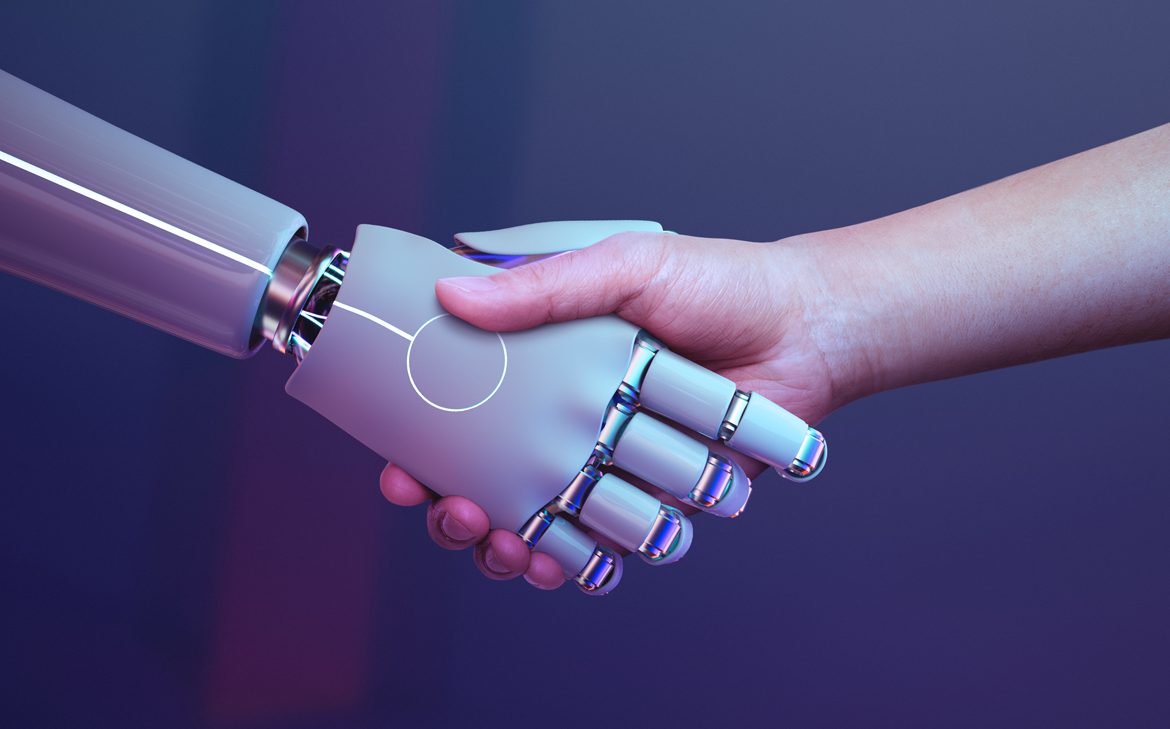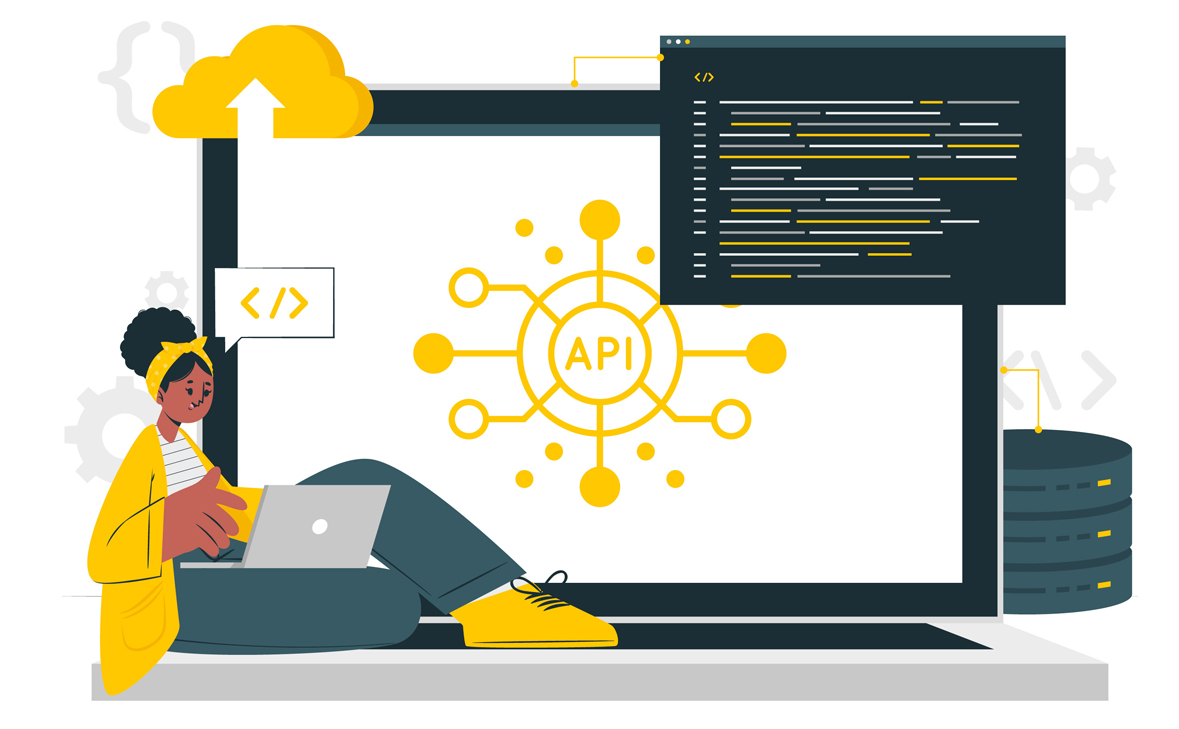Around Hyperautomation, things are moving faster. Combining the best of Low-Code, RPA, AI, big data, and the cloud, it’s a valuable set of tools that can automate and integrate business processes beyond RPA and BPM. This opens the door for a radical rethinking of processes that used to be isolated across the enterprise. Smart Automation is another name for it.
A key part of successful digitalization is bringing together data sources that aren’t connected to each other and putting them in one place where they can be used by everyone in the organization and linked to give a full picture of how the business works.
Once that is done, the next step is to rethink processes and workflows so that the data can be used to its fullest potential. But these as well often are manual, siloed workflows that are tied to a function or department and prone to mistakes and delays. Here, hyper-automation really shines.
Businesses get the most out of digital technologies like Low-Code/BPM and RPA when they combine them with advanced AI/ML-based technologies like NLP, OCR, and conversational bots. Together, they can help you get started with your automation plans:
The only constant in the technology industry is change.
-Marc Benioff
Help quickly find and automate business procedures with a set of AL tools that is always getting better. Examples include,
- Intelligent Document Processing (IDP) automates the extraction of data from unstructured and semi-structured records so that business processes don’t have to wait for people to process data manually.
- Conversational bots make it easy for people and machines to talk to each other, which increases customer satisfaction and engagement
- Natural Language Processing (NLP) also made it easier for people and machines to talk to each other by making it possible for machines to read, understand, and draw meaningful conclusions from what people say.
Image recognition technologies can make it easier to process large amounts of complex information. This can help with business processes like estimating damage for car and home insurance and finding mistakes on an assembly line. Speech recognition can be used to keep an eye on how people talk to each other in a call center.
Allows people, robotic systems, and AI decision-making algorithms to work together, which drives business process automation from start to finish. For example, using conversational bots to interact with customers and then using digital bots to gather information from different legacy systems to provide a seamless customer experience for business solutions like Digital Banking, Digital Front Door for Patient Access and Care in the Health care system, and Intelligent Claims Management in Insurance.
Moves the enterprise from automating simple processes to automating more complex, long-term processes 10 times faster by using low-code technologies that make it easy to build apps and automate workflows quickly. Most Low-Code technology vendors and Technology Providers also offer pre-built workable alternative accelerators, which help reduce development time and speed up time to market.
Manages the complete cycle of enterprise automated processes at scale, from finding automation possibilities to measuring the ROI based on company priorities by using Business Value Analysis models. Using techniques like process discovery as well as process mining, the models can figure out how complicated business processes are and what would happen to the business if they were automated. These models can also help an enterprise rank the automation use cases and choose the right digital tools to automate the whole process from start to finish.
Let’s look at the key components:
LCAP/BPM – Low-Code Application Development and BPM
It gives you flexibility and the ability to make enterprise-ready apps, which speeds up business results. Instead of using a lot of code, these platforms have high switching with simple logic and drag-and-drop tools. Some business examples are Understand Your Customer, Policy Administration, Revenue Cycle Enhancement, Customer Onboarding, Financial Accounting Enhancement, HR Shortlisting, Capital Calls, Franchise Management, etc.
RPA – Robotic Process automation
RPA is among the most powerful and widely used automation technologies. It is a key part of a business automation solution that works from start to finish. RPA has made a big difference by making the business more productive and efficient. It uses computer software “robots” to do repetitive, rule-based digital tasks like filling in the same data in various places, reentering data, or copying and pasting. RPA’s most important feature is its ability to interact with users, handle large amounts of data, integrate with other systems, and learn (AI-Assisted Bots). Some examples of business processes are information migration between applications, autonomous data processing, and validations, report creation, loans, reimbursements, account closure and reconciliation, and smooth data flow between contemporary and legacy systems.
Artificial Intelligence:
It’s a recreation of human intelligence in computers that have been programmed to think and act like people. The AI/ML algorithms help businesses in many ways. These include making time-consuming tasks like data entry easier, improving the accuracy of business rules and models, letting smart decisions be made, automating and improving routine tasks and processes, and using cognitive technologies to make business decisions faster.




